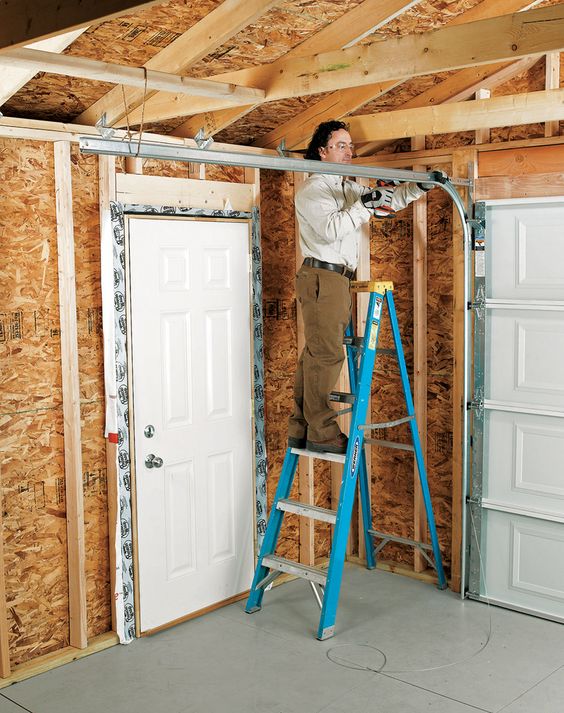Whether you’re installing a new garage door or upgrading an existing one, this project requires skill and precision. Professionals are trained to handle all the complications that come with this installation, ensuring it goes smoothly and safely.
The first step is to make sure you have a properly sized door and the necessary tools. Having everything you need lined up ahead of time will save you a lot of frustration and make this project go more quickly.
Measuring the Door Opening
Using a tape measure, carefully record the length and width of your opening. This will help you order the panels that will fit your opening perfectly.
Selecting Panels
Before you purchase the panels, make sure to use a level to ensure that they are all even and square. If you need to, use shims to balance out the sides.
Shims are small pieces of wood that you can slide under the panels to help them fit into place more evenly and securely. You can buy packs at a home improvement store.
Installing the Vertical Tracks
Depending on the type of garage door you have, you may need to mount the tracks in different ways. This will depend on the manufacturer and the garage’s layout.
Choose a track with enough height to accommodate the springs and opener. This will also allow the garage door to open fully and safely.
If you’re unsure about the correct type of track, check with your local garage door specialist for advice.
Torsion and Extension Springs
There are 2 styles of garage door springs, which are attached to the top of the rollers above your door. Torsion springs are safer to operate and are less likely to break, but they can be noisier than extension springs.
Regardless of which garage door you have, it is important to install the springs correctly. You should follow the instructions in your garage door manual to do so.
Winding the Springs
You need to properly wind the springs to prevent them from breaking. Each engagement of a tooth in the spring tensioner ratchet wheel equals 1/8 turn, so it’s easy to count the turns you need for your particular spring.
Once you’ve done that, remove the spring’s pawl from the ratchet wheel and attach it to a 3/8-inch diameter winding bar. Position the bar so it’s firmly in the pawl and centered in the ratchet wheel, as shown in figure 11. Rotate the winding bar slightly to increase spring tension, or pull it down to decrease it.
Repeat steps 10A through 10D as needed to adjust the tension of the springs. If the door is too heavy, ease off on the stronger spring by as much as one full turn.
It is always a good idea to get a second opinion before deciding on a new garage door and to ask a professional for a quote that includes all the customization fees that come with an upgrade. This way, you can avoid unexpected surprises that could add up to a significant amount of money.


